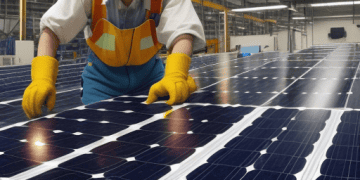The United States is currently the third-largest solar module manufacturer in the world, with continued expansion projected in the coming years. According to Clean Energy Associates (CEA), the country is expected to reach 13 gigawatts (GW) of solar cell manufacturing capacity and 65 GW of module manufacturing by the end of 2025.
The increase in U.S. solar manufacturing has been driven by trade policies and domestic incentives, making locally produced photovoltaic (PV) modules an attractive option for developers. CEA noted that while domestic cell and module capacity is growing, industry stakeholders remain cautious due to policy uncertainty and risks associated with the enforcement of Inflation Reduction Act (IRA) tax credits.
Recent developments in the sector include ES Foundry’s 1 GW solar cell manufacturing facility in South Carolina, which launched operations in January 2025 and is expected to expand to 3 GW by the third quarter of the year. In addition, approximately 10 GW of cell capacity is under construction or in late-stage development, with expected operational dates in 2026. Some companies are also reportedly working on in-house cell procurement to support module production.
CEA reported that, in addition to the 65 GW of module assembly capacity expected by 2025, another 7 GW remains under construction or in late-stage planning. However, plans for 5 GW of additional capacity are considered uncertain due to regulations related to “foreign entities of concern,” which could affect Chinese-owned manufacturing facilities.
Further expansion remains a possibility, with suppliers planning an additional 84 GW of module production capacity and 90 GW of solar cell capacity. However, CEA noted that many of these plans are progressing slowly, citing policy uncertainty as a key challenge. The potential for changes under a new administration, particularly regarding manufacturing and investment incentives, is viewed as a risk for the industry.
Under the IRA, current incentives include a tax credit of $0.04 per watt for cell producers, as well as additional domestic content bonuses tied to a 30% Investment Tax Credit (ITC). An extra 10% credit is available if specific quotas of U.S.-made components are met. Industry experts have stated that any reductions to the ITC could impact investment decisions and influence the future direction of solar manufacturing in the United States.
Discover supply chain news insights on The Supply Chain Report. Enhance your international trade knowledge at ADAMftd.com with free tools.
#USSolarManufacturing #SolarEnergyGrowth #CleanEnergyIndustry #SolarUncertainty #RenewableEnergy #EnergyTransition #USManufacturing

















